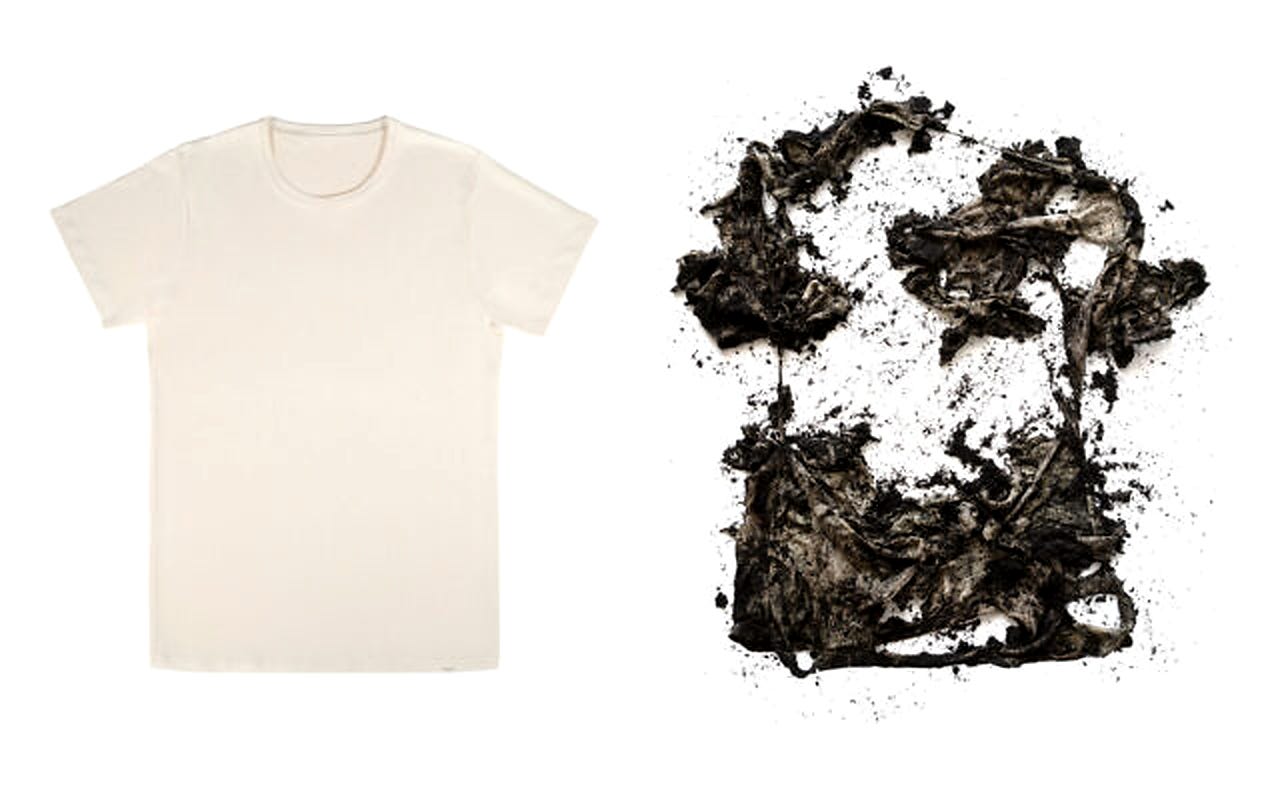The banana that became a shirt 🍌👕
From plant to fabric to value — this is what circular looks like.
Most people eat a banana and throw away the peel.
But in the Philippines and India, farmers are doing something different.
They’re taking banana stems — usually left to rot — and turning them into fiber.
That fiber is spun into thread.
That thread becomes fabric.
And that fabric? It’s now used in shirts, bags, even luxury furniture.
Why this matters (beyond a cool story):
Banana fiber is widely reported to be ~3× stronger than cotton by tensile strength, while staying lightweight.
It uses no extra cultivation water — the plant was already grown for fruit.
Farmers earn a second crop from what used to be waste. (Fruit first, fiber next.)
It’s not just bananas.
Pineapples, coconuts, and even orange peels are finding their way into fashion, packaging, and construction.
The old system was linear:
Grow → Use → Waste.
The new system is circular:
Waste → Resource → Wealth.
And that’s the quiet revolution happening right now.
If waste can become wealth, the only real question is:
What’s stopping us from scaling it 100x faster?



